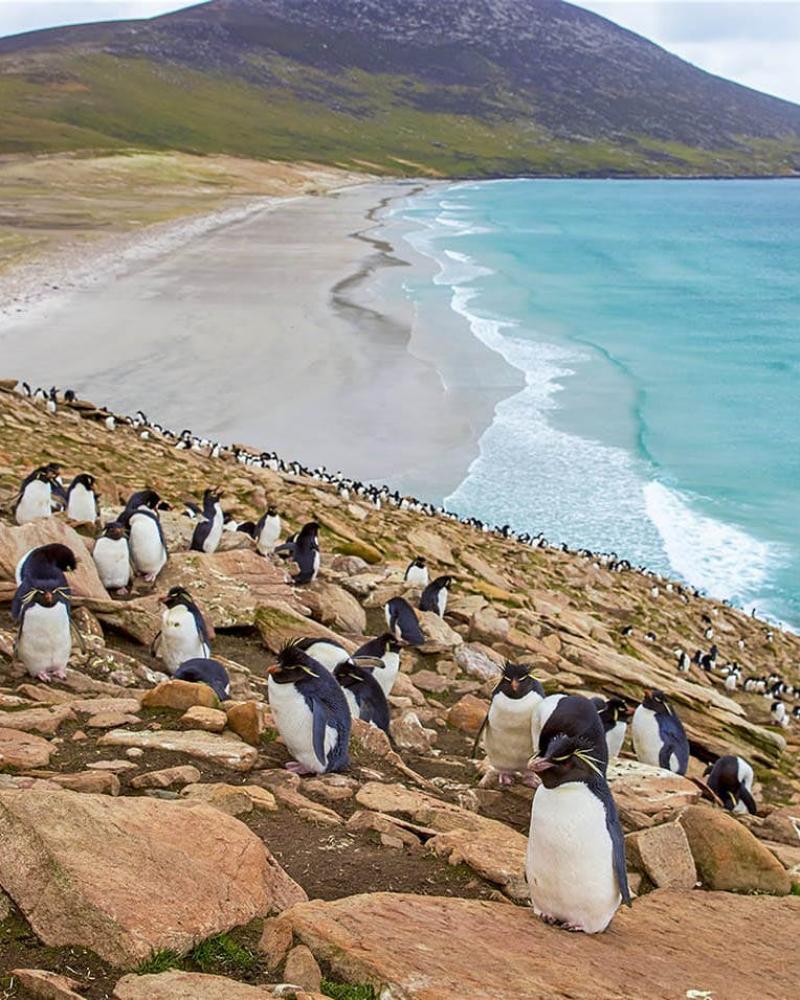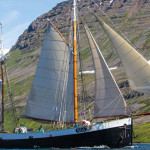Easter Island – Falkland Islands // A true Cape Horn voyage
Pacific Ocean
Easter Island > Falkland Islands
With over 3000 miles to go and no engine use in between. Heading into the southern Ocean. Going from the Roaring Forties to the Furious Fifties and possibly even into the Screaming Sixties. This is all about sailing, sail handling, working hard, sleeping when possible and always keeping one eye on the weather report.
Gesproken talen aan boord: Dutch, German, English
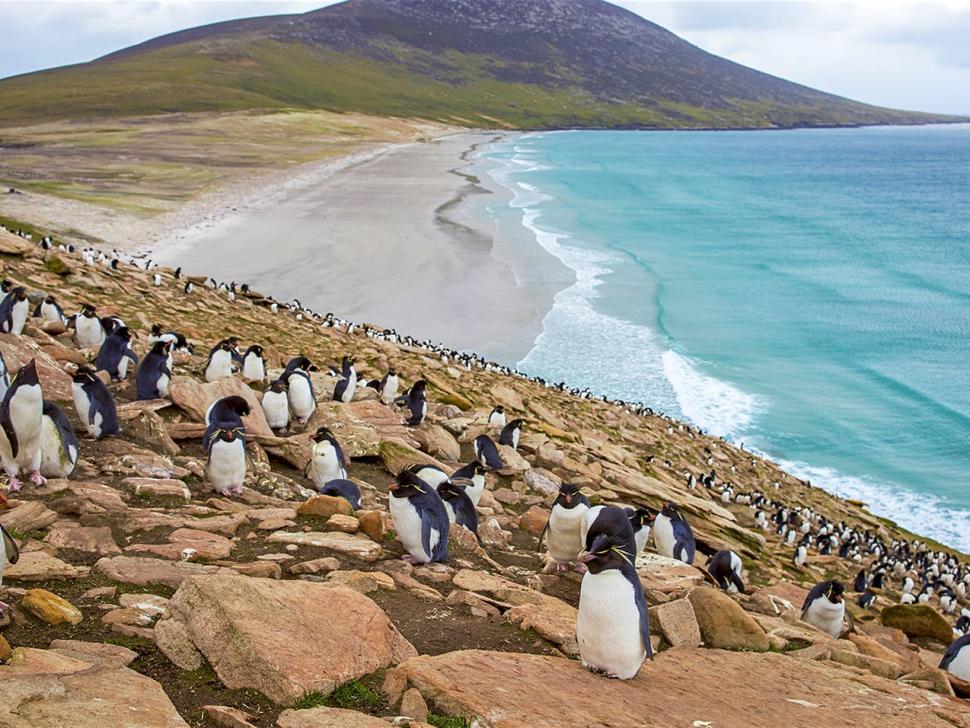
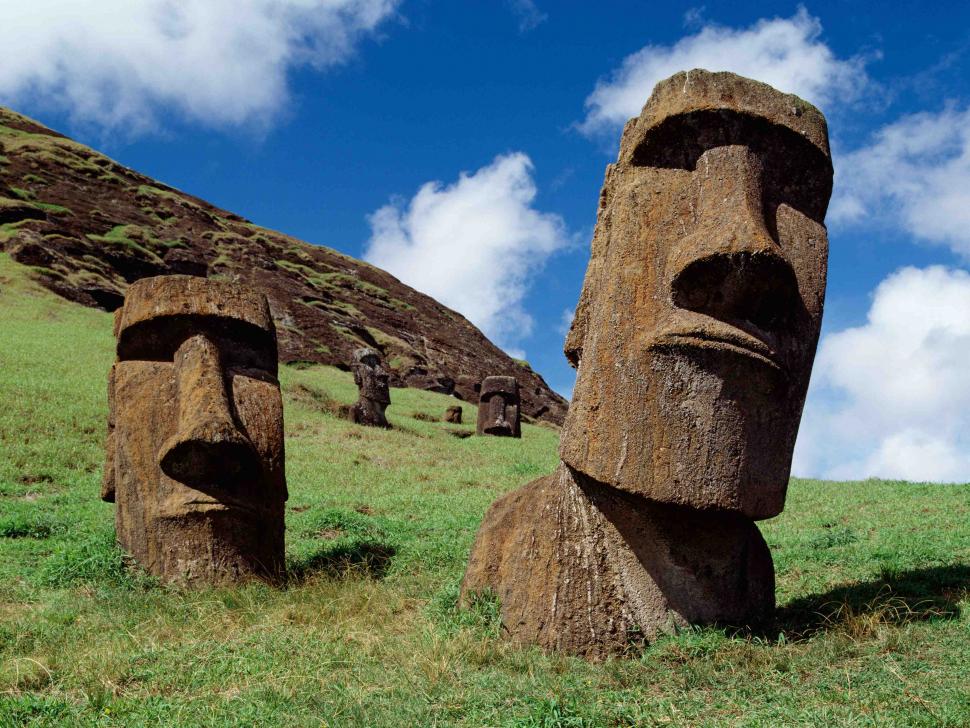
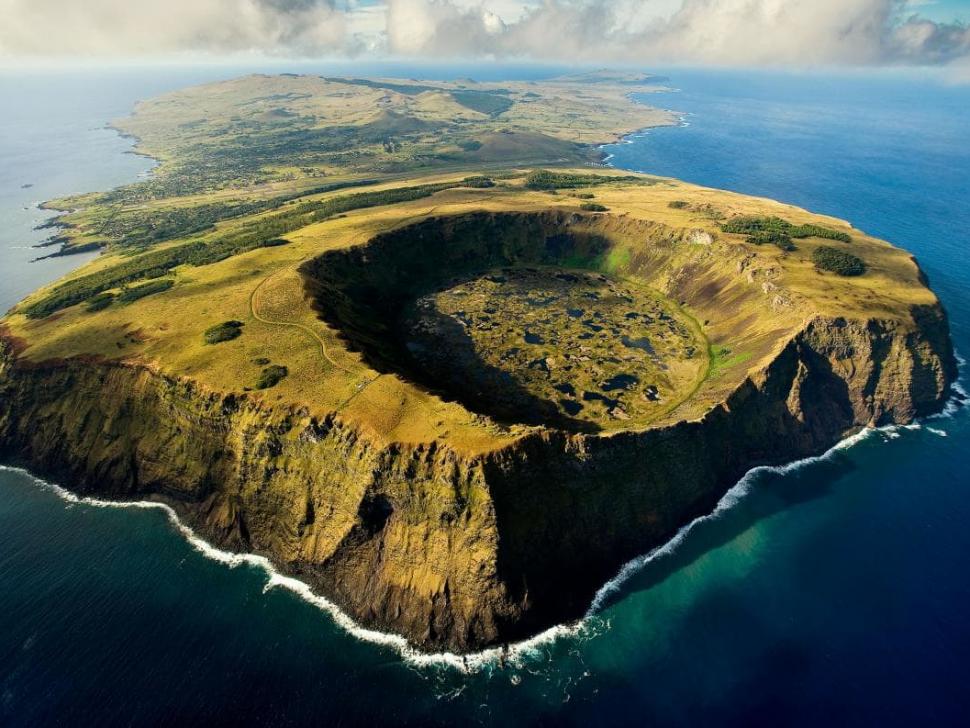
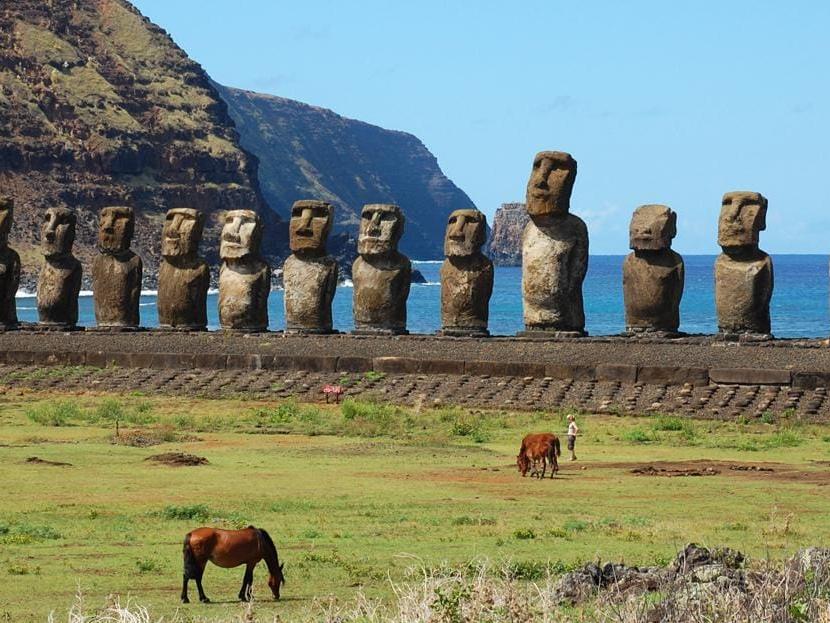
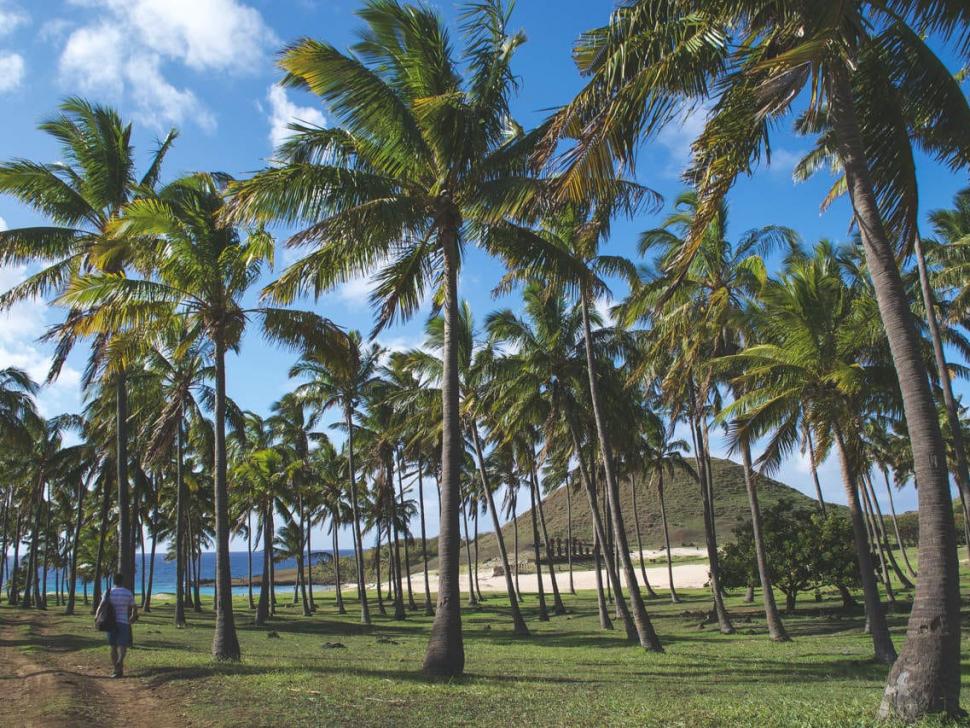
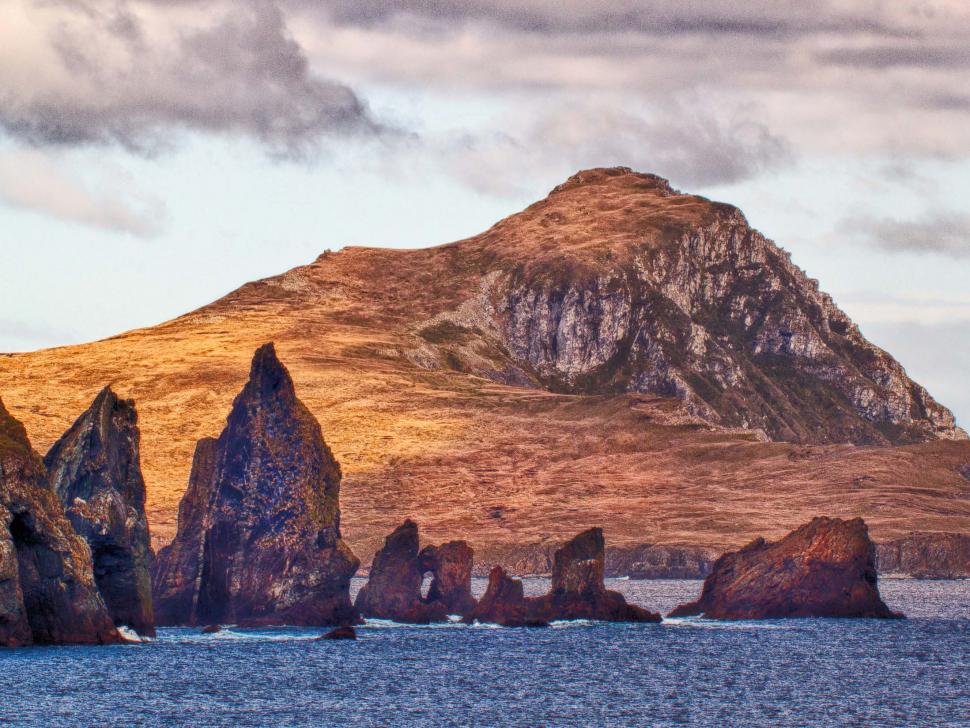
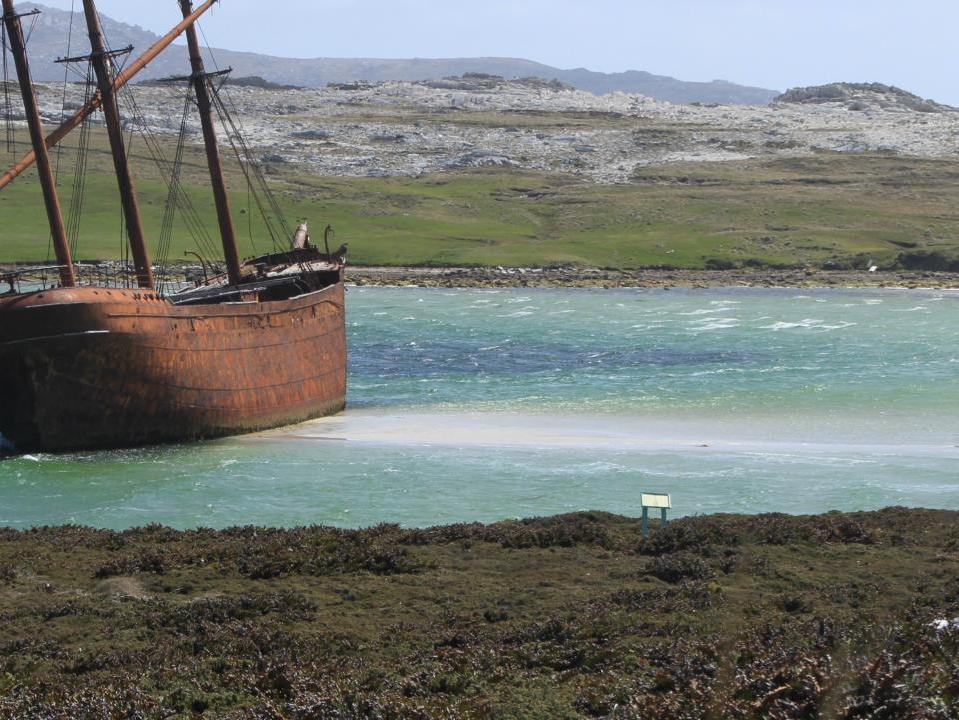
Starting point for this voyage will be Easter Island. An Island all the way out in the Pacific Ocean with no other land closer then nearly 300NM!
Easter Island, or Rapa Nui, was discovered by a Dutch sailor called Jacob Roggeveen, in 1722. They named the islands Easter Island as it was discovered on Easter Sunday.
Arriving on the island they found indigenous people living there, who might not have been the original settlers. The island had once been inhabited by a long eared people, who are resembled in the statues on the island. But as a second group of islanders arrived, food supplies ran low and a war started.
Now the island is inhabited by over 7000 people and is part of Chile. The language spoken is Rapa Nui for the locals, but as the island is part of Chile, Spanish and the valuta from Chile (peso) are commonly used.
The ancient stone figures on Easter Island are called Moai. There were erected between the years 1250 and 1500. It is thought they were carved after the likeness of the leaders of the Hanau epe – the Long Eared. After a great struggle between the people on the island late 18th century, there are no Hanau epe left on the island.
Going around Cape Horn, to make it a true Cape Horn voyage, the course will not be set straight for the Falkland Islands, but first up to 50 degrees South and only then can the course be set for the Falklands or Malvinas as the Argentinian people call it.
In 2013 the Tecla arrived on the Falkland islands with a snow blizzard blowing outside the harbor, and once anchor was dropped in the fully protected bay of Stanley, calm and excitement came over everybody on board at the same time. We had made it. The Falkland Islands harbour and beaches are littered with all sorts of wrecks, majestic clippers, frigates, schooners from the times the Merchant Navy was operating with sailing vessels. The Lady Elizabeth, for example, is partially beached in Whale Bone Cove just off Stanley harbour, her hull has a fantastic rusty orange colour and she still has a yard up her mast. When we go to the local pub for a drink, we are told fantastic stories, some we knew and some we didn’t, about storms and dramas encountered by ships rounding the Horn.
The Falkland Islands have a great many Penguin colonies. Five different sorts are represented on the islands, the King penguin beging the biggest one, besides that, there are the Magellanic, Rock Hopper, Gentoo and Macaroni. The colonies can be visited during our stay on the Falklands.
To the North of Easter Island, the prevailing wind is South East, to the South of Easter Island the prevailing wind is South West. Around the island there are many variable winds, so starting of from the Islands there might be light winds to start of with, sailing close hauled making our way South to get to the Westerly winds that will take us around Cape Horn!
This voyage will include a stay on Easter Island of a few days, wind and weather permitting. Also depending on how fast the voyage will be, you will have a few days to spend on the Falkland Islands and visit the Penguin colonies and sail around to some remote settlements.
Including:
- Based on private shower and toilet
- Bed linen and towels
- Crew consisting of: Captain-Mate-Kok-sailor.
- Use Zodiac for landings.
- Full board, use of the local products
Not included:
- Arrival and departure to the ship
- Personal expenses
- Possible extra entrance fees
- Drinks on board
We are happy to help arrange and travel to the ship. Let us know at the time.
The suggested route is an indication and can change due the weather forecast. The captain has the last word.
transfer to Easter Island and Falklands
Flying to Easter Island is done through Chile, flights are daily.
Flying from the Falkland islands is slightly more difficult. There is a Saturday flight to Punta Arenas Chile. Or one can fly to England in one straight go with the RAF. The fare is fixed-rate at £2,222.00 per non-resident adult and £1,111 per non-resident child over two years of age. Flights to the Falkland Islands using the airbridge can be booked through the Falkland Islands Government Office Travel Co-ordinator by calling 0207 2222 542 or by [email protected]
For the Falklands the following lands are exempt for a visa, if the name of your country is not included, you WILL need a visa.
The following information is straight from : https://www.falklands.gov.fk/more-information/getting-here/
Andorra, Argentina, Australia, Austria, Belgium, Brazil, Bulgaria, Canada, Chile, Croatia, Cyprus, Czech Republic, Denmark, Estonia, Finland, France, Germany, Greece, Hong Kong, Hungary, Iceland, Ireland, Israel, Italy, Japan, (Republic of) Korea, Latvia, Liechtenstein, Lithuania, Luxembourg, Malta, Netherlands, New Zealand, Norway, Poland, Portugal, Romania, San Marino, Slovakia, Slovenia, South Africa, Spain, Sweden, Switzerland, Taiwan, United Kingdom, United States, Uruguay and the Vatican City.
If your country of nationality does not appear on the list above, it is highly likely you will require a Visa to visit the Falkland Islands. If you are unsure, please contact the Falkland Islands Government Customs & Immigration Office on +500 27340 or email [email protected]
Tecla
Bouwjaar 1915
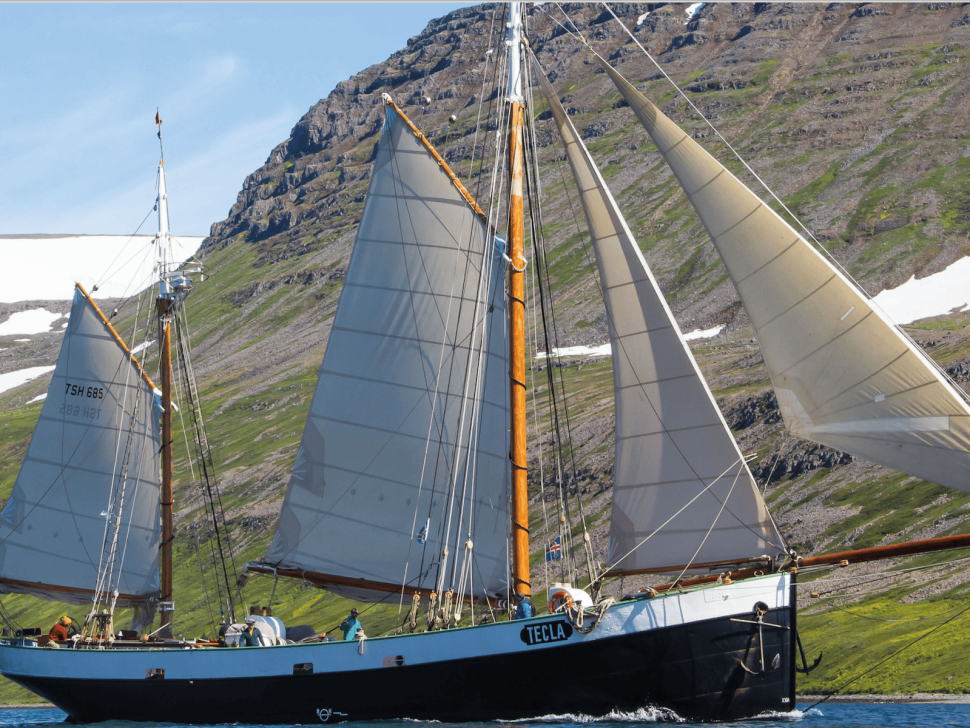
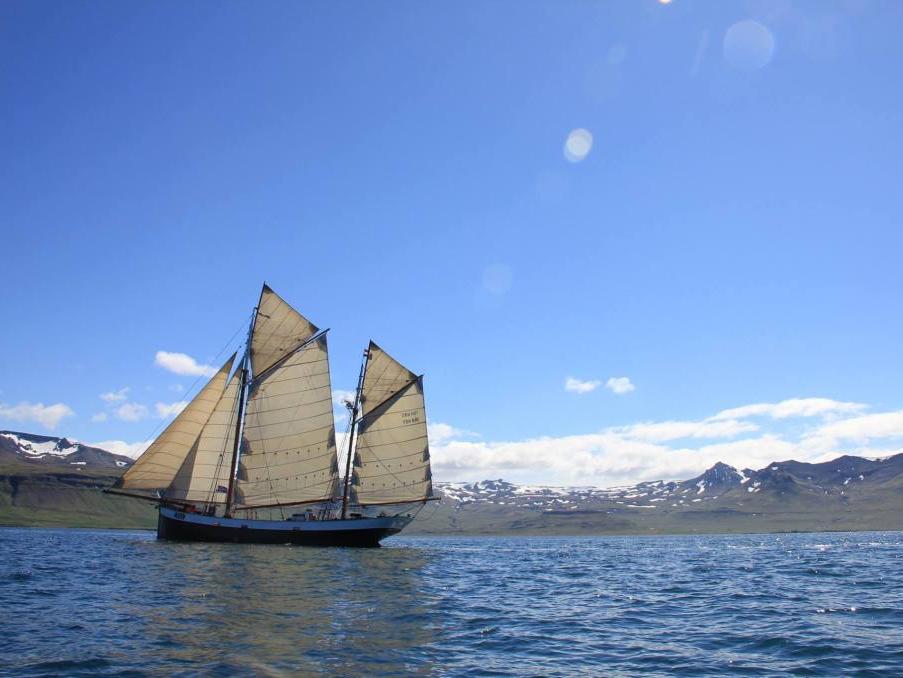
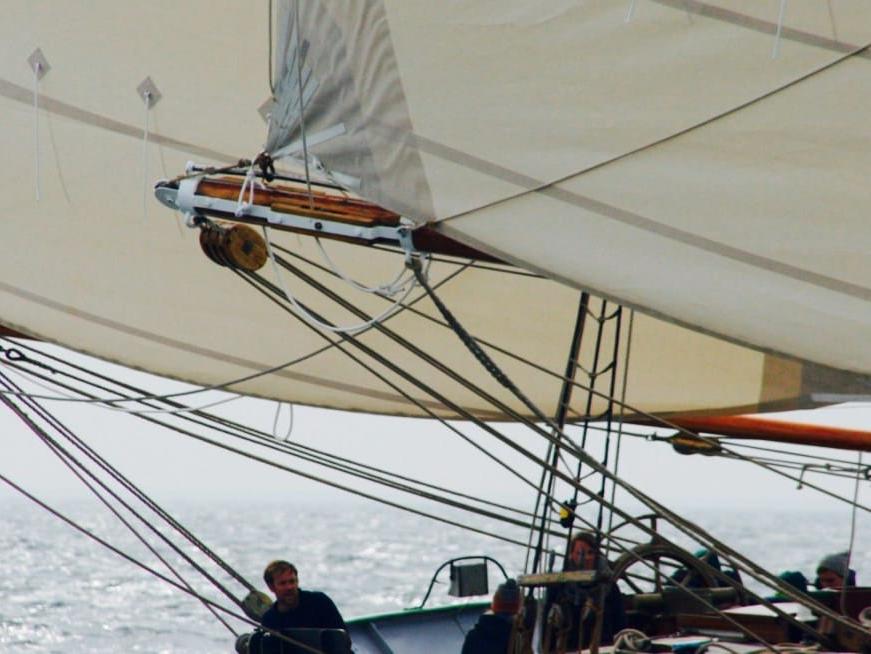
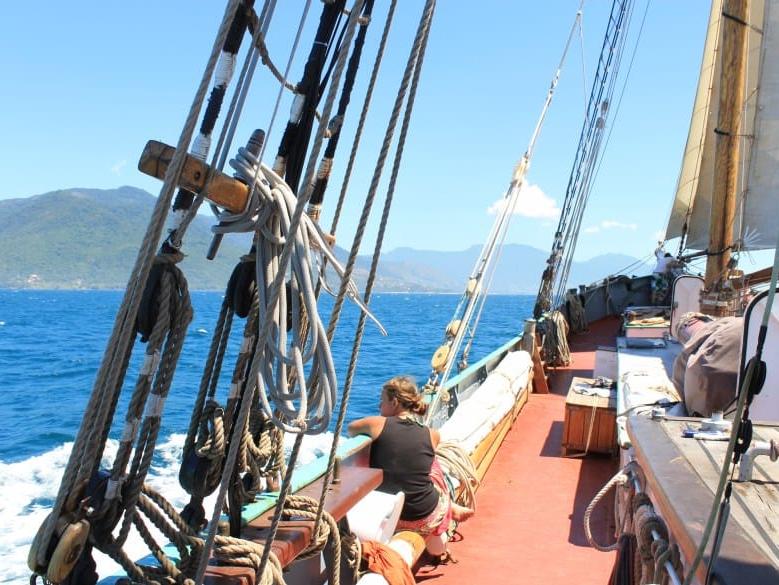
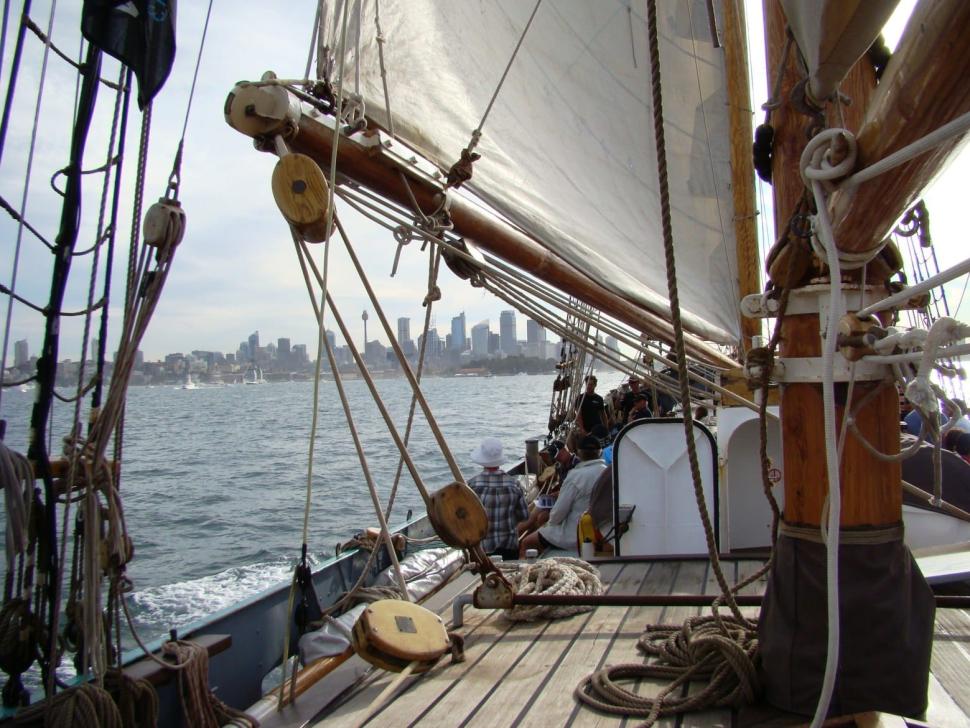
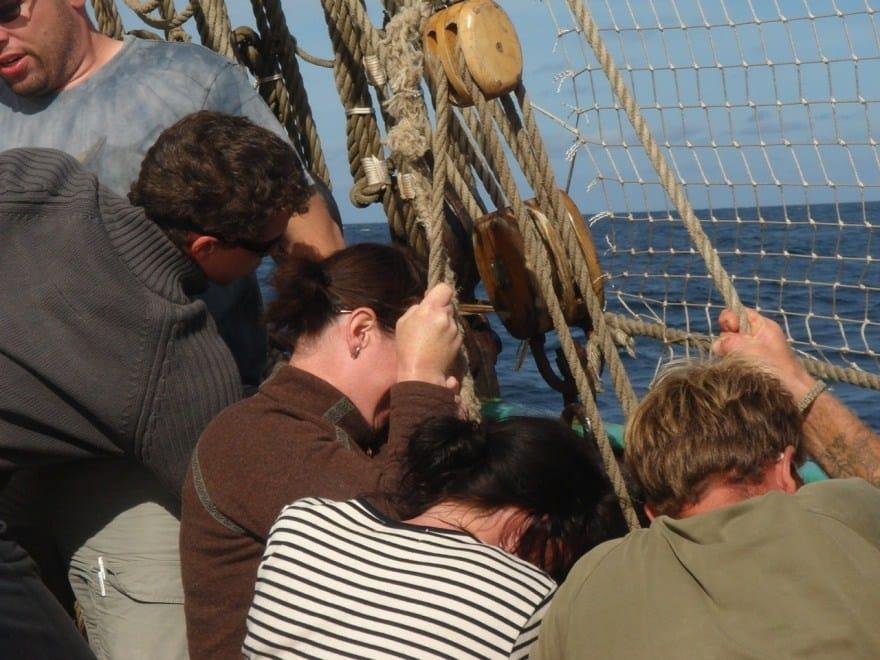
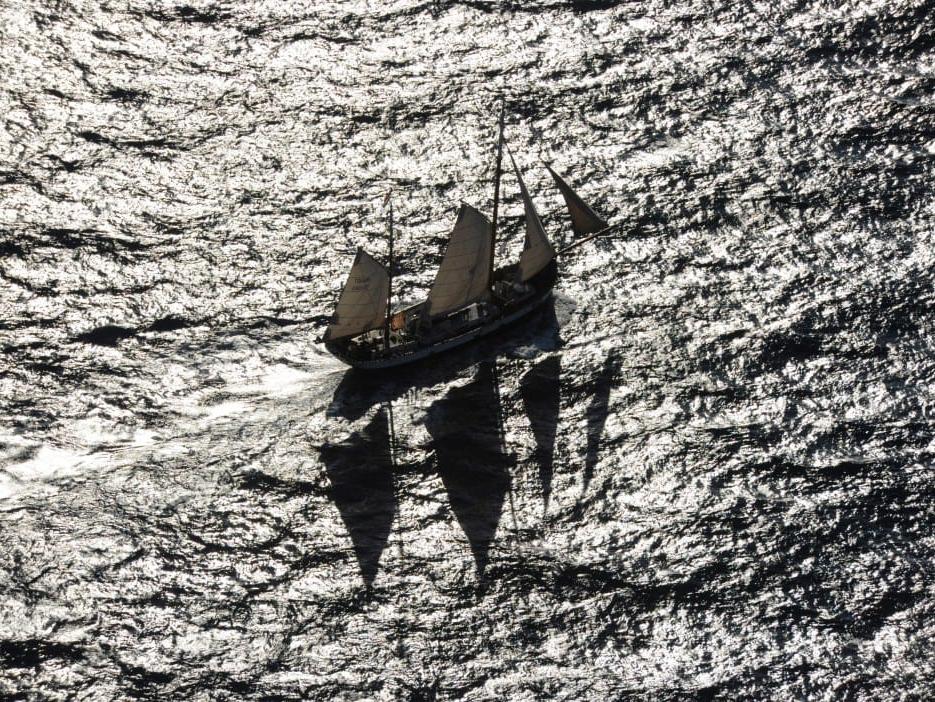
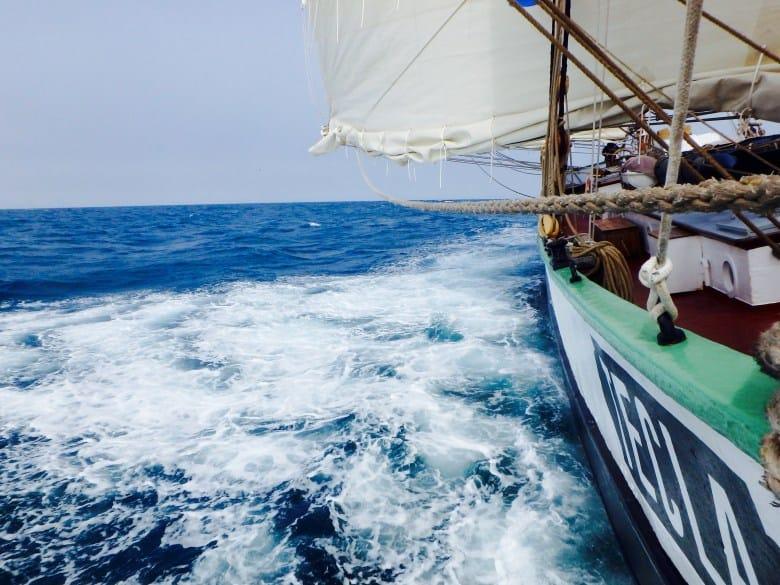
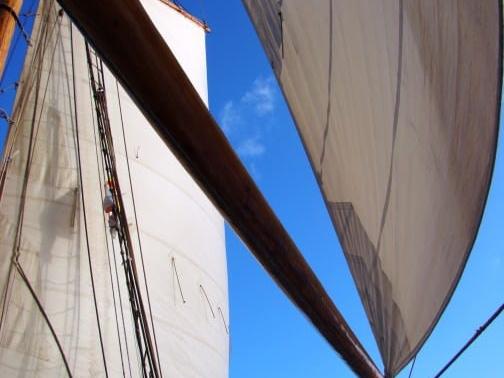
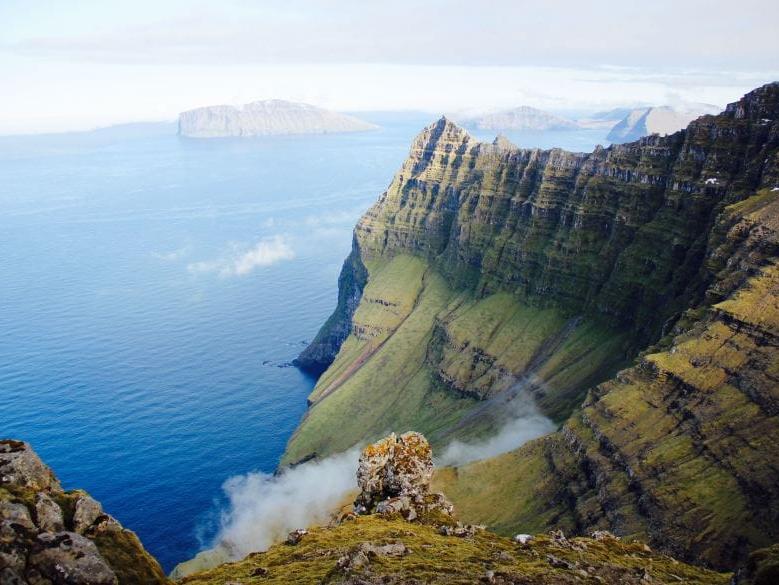
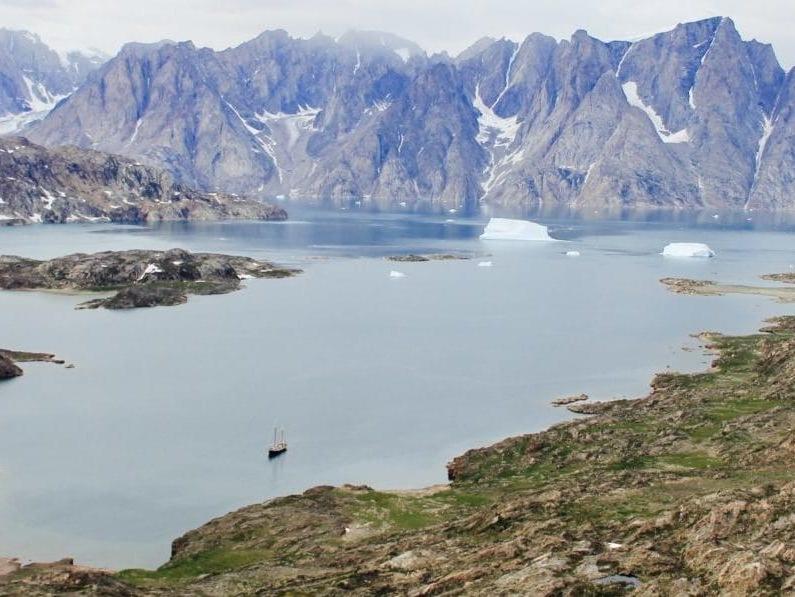
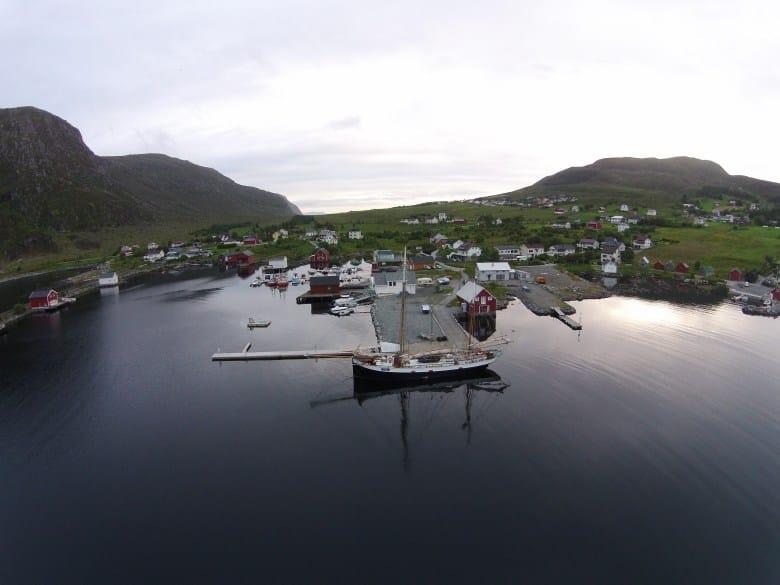
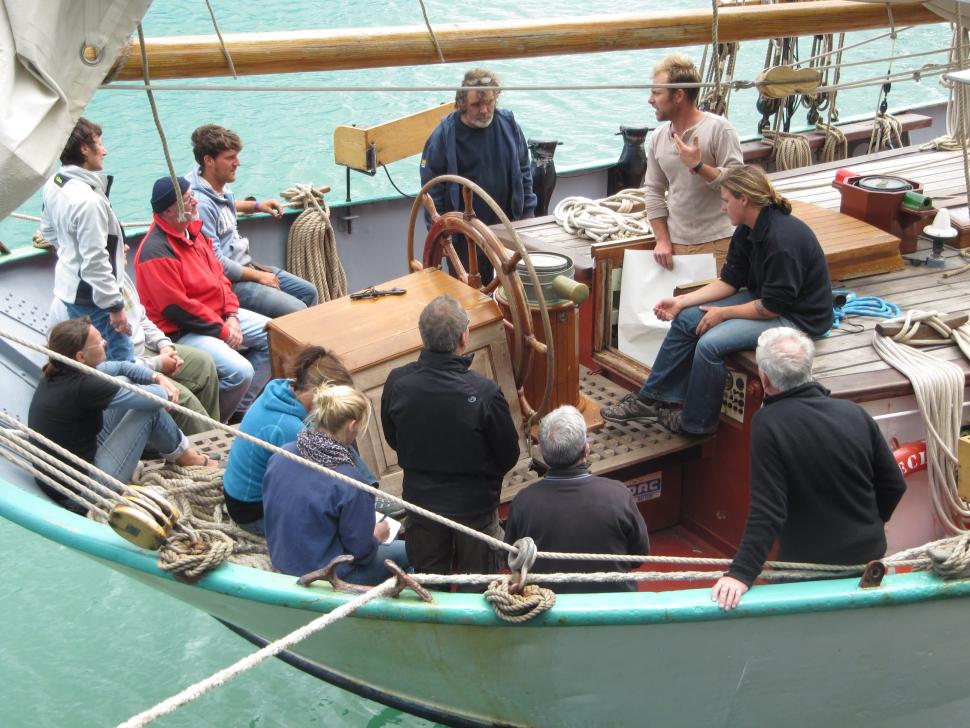
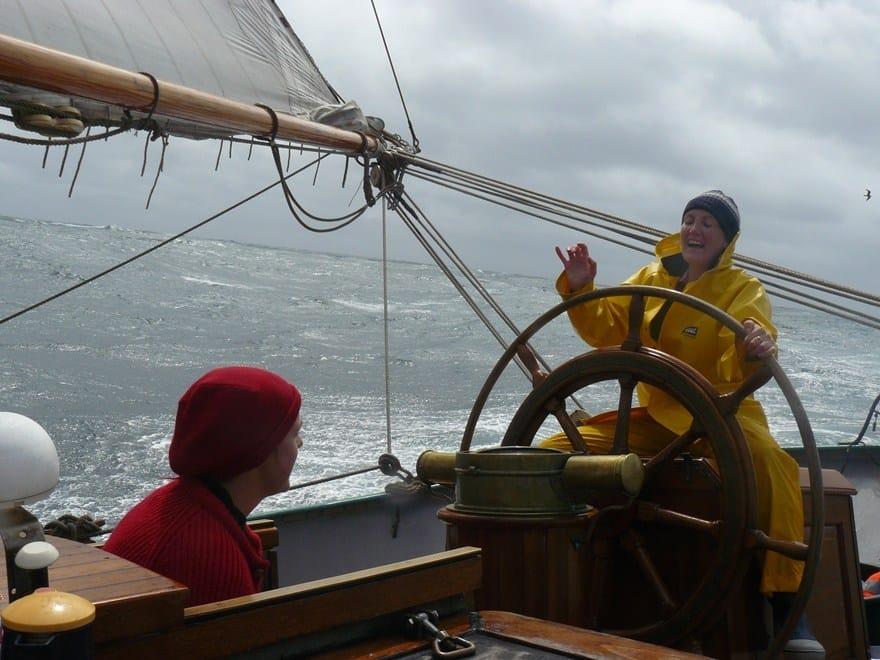
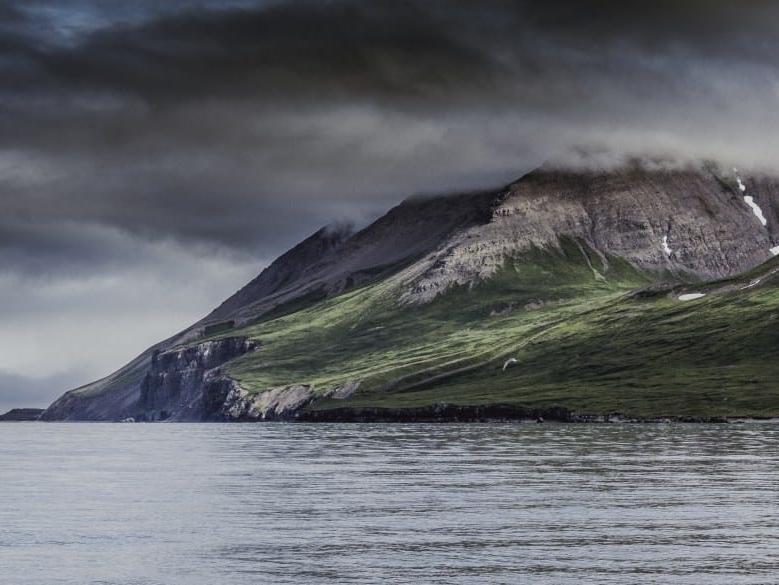

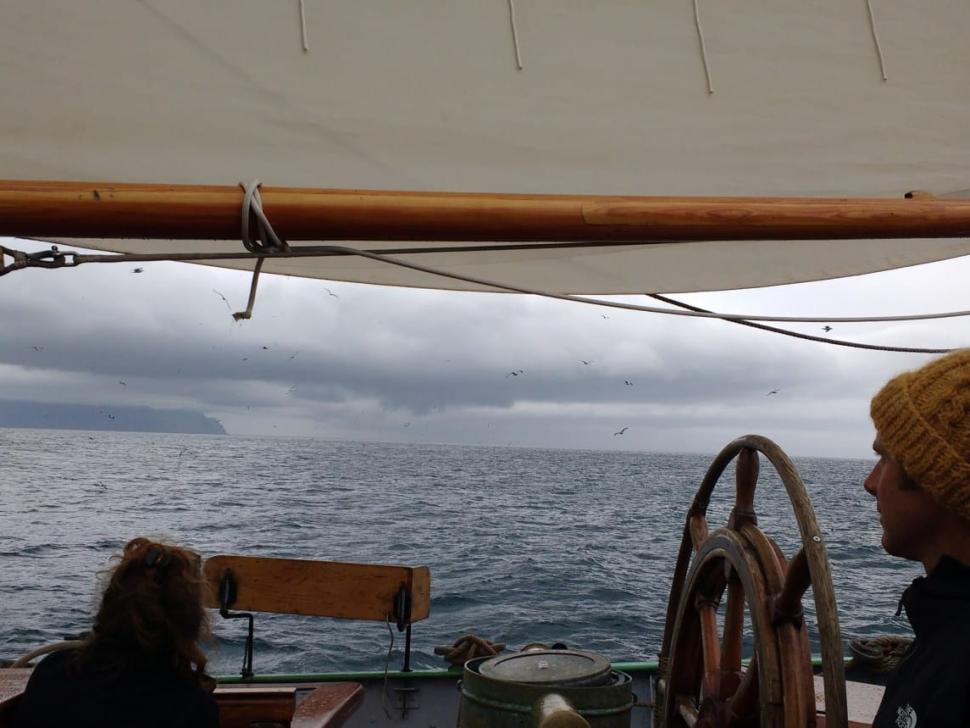
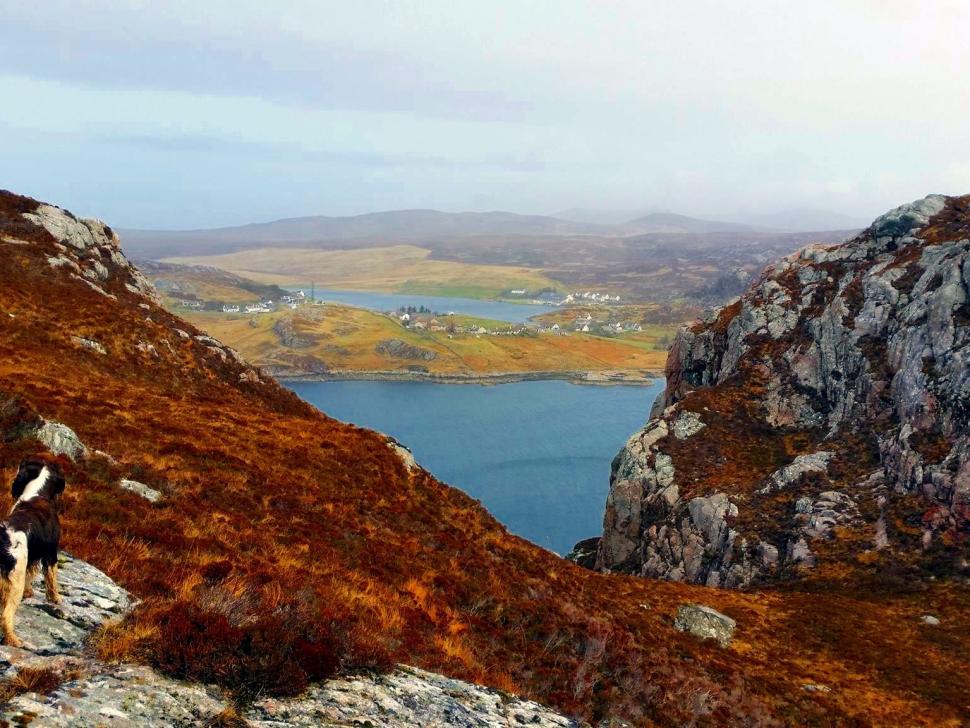
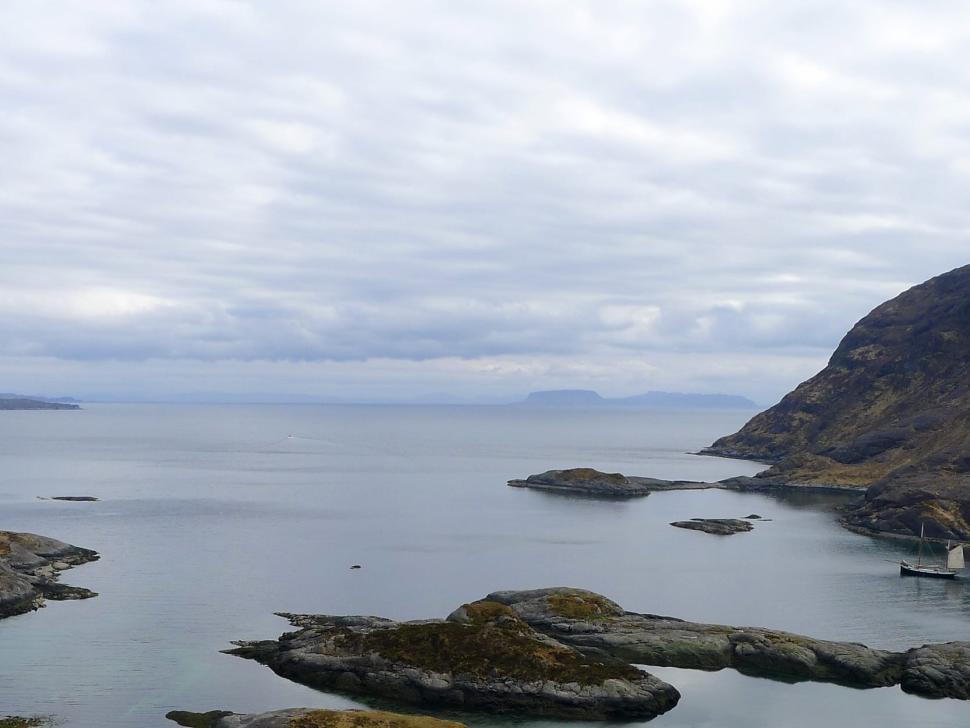
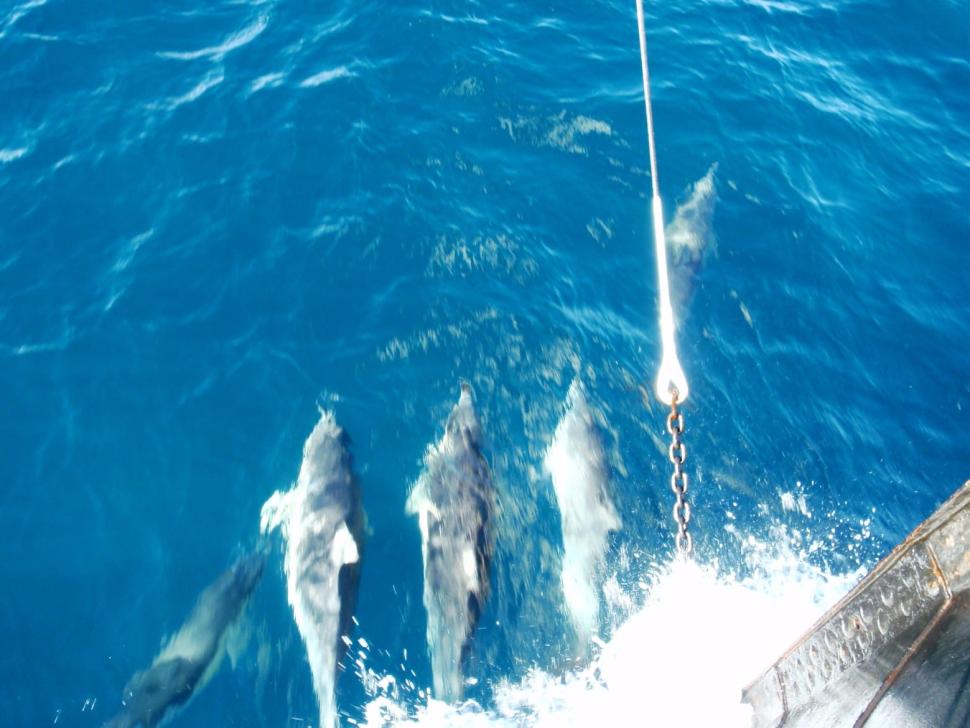
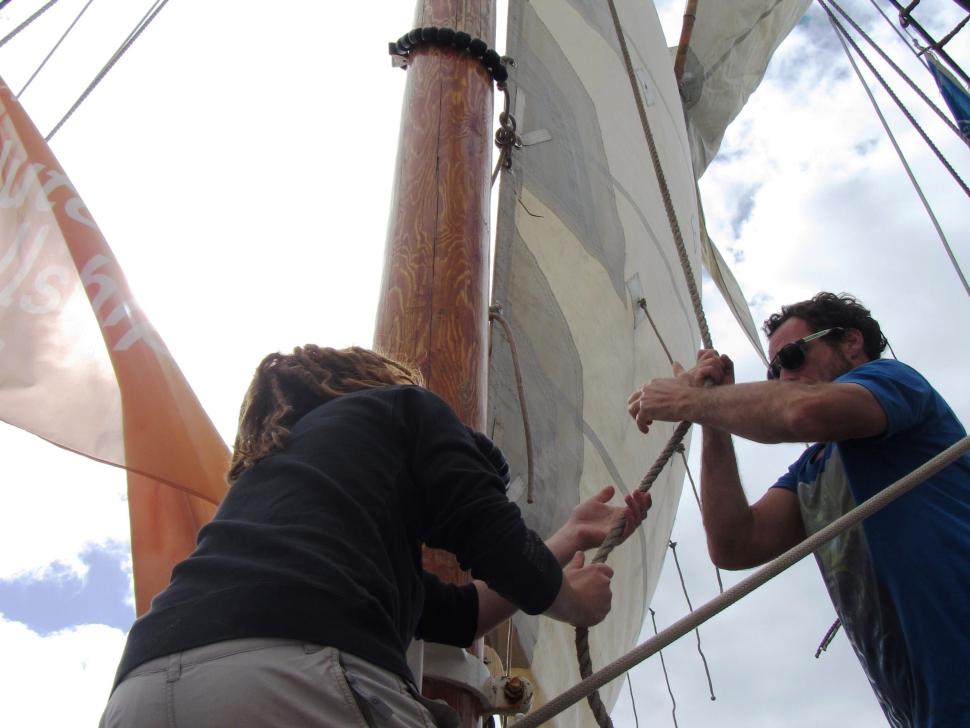
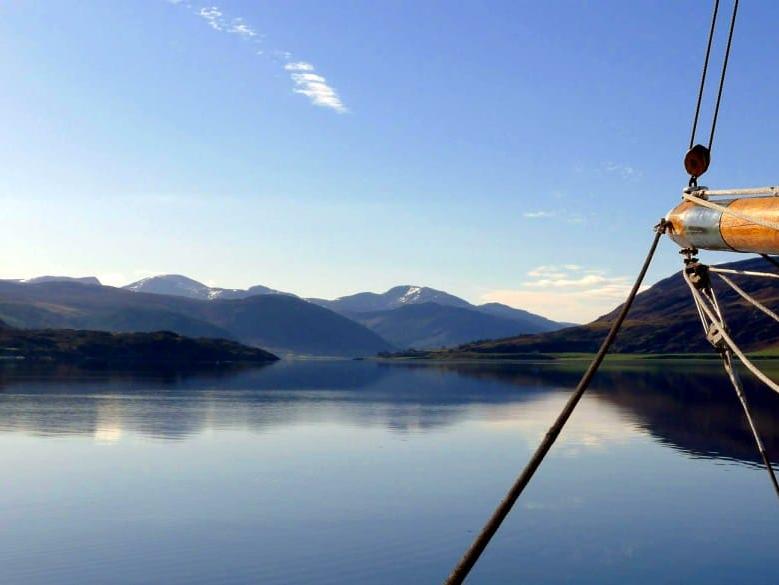
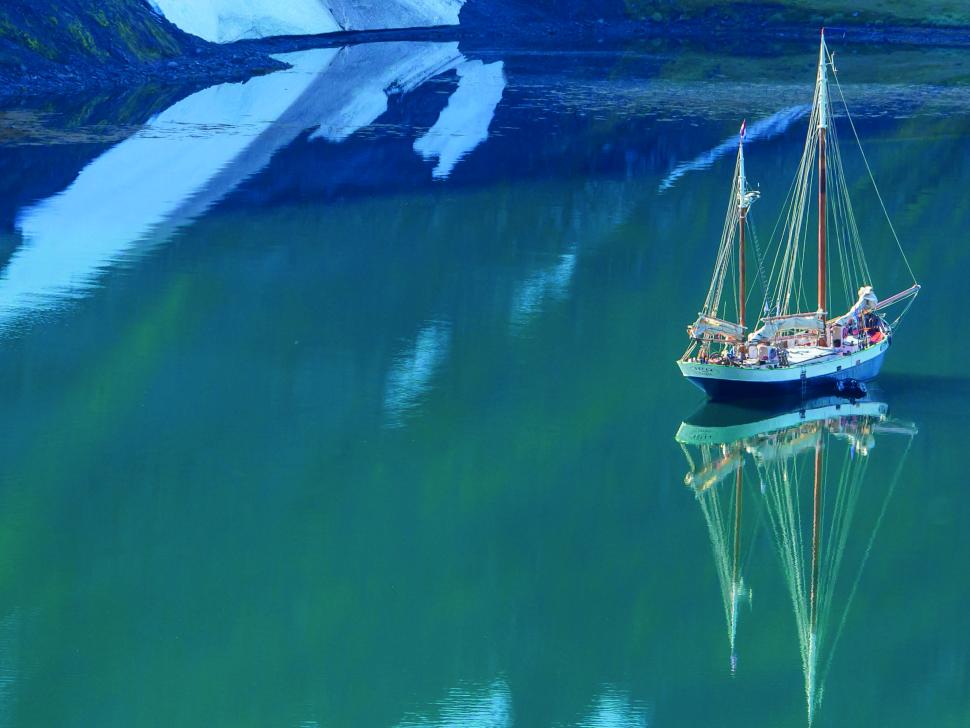
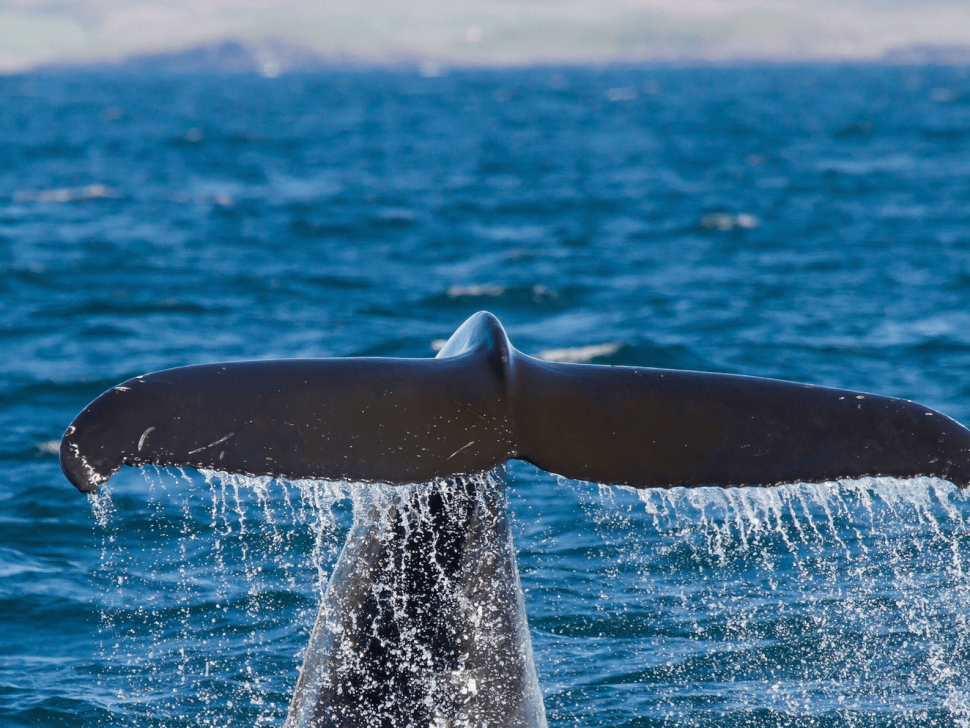
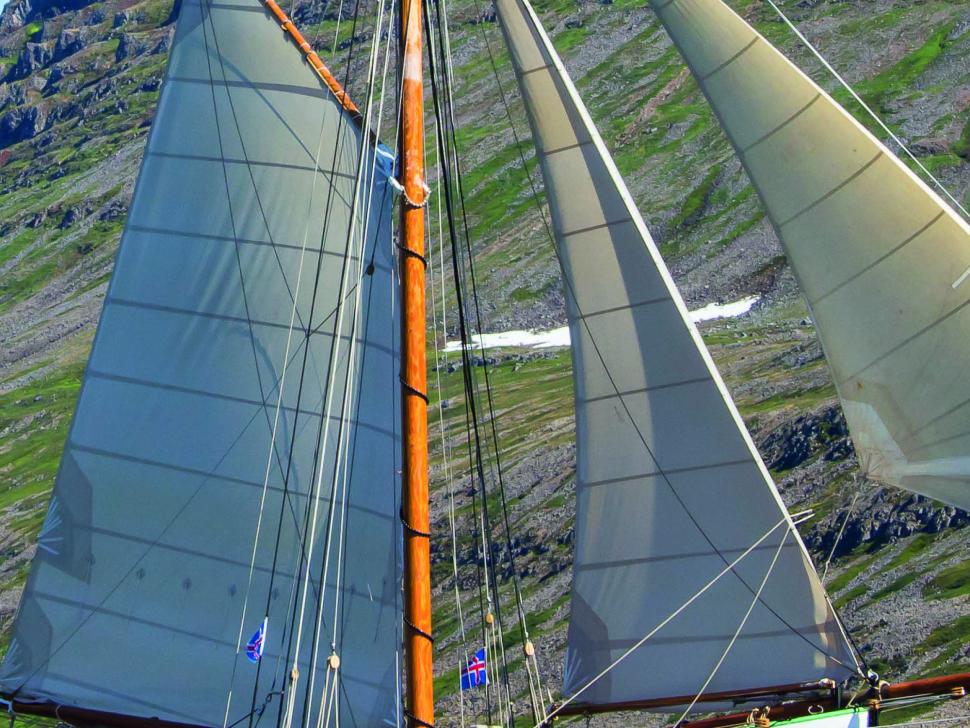
Tecla
The Tecla is a beautiful sailingship with a tough rig. Together with her crew she explores the remote places. One more accessible than the other. Tecla stands for adventure, nature, wonder and splendor. With this exceptional ship and its exceptional program you are good for a memorable trip.
Sail Training Program
On board the tecla we work with a Sail training program developed by the Dutch Sail Training Association (STAN). This sail training program is not only about learning to sail but uses sailing as a tool for personal development. Trainees on board are encouraged to step out of the comfort zone to experience new things. This applies to all ages! At the end of the trip, long or short, the trainees get a logbook containing the past process and how far they have come. Different skills are developed depending on the length of the trip. These can come in handy in a professional sailing environment as well as outside the maritime world.
Sail training makes sailing that slightly more than an active vacation.
